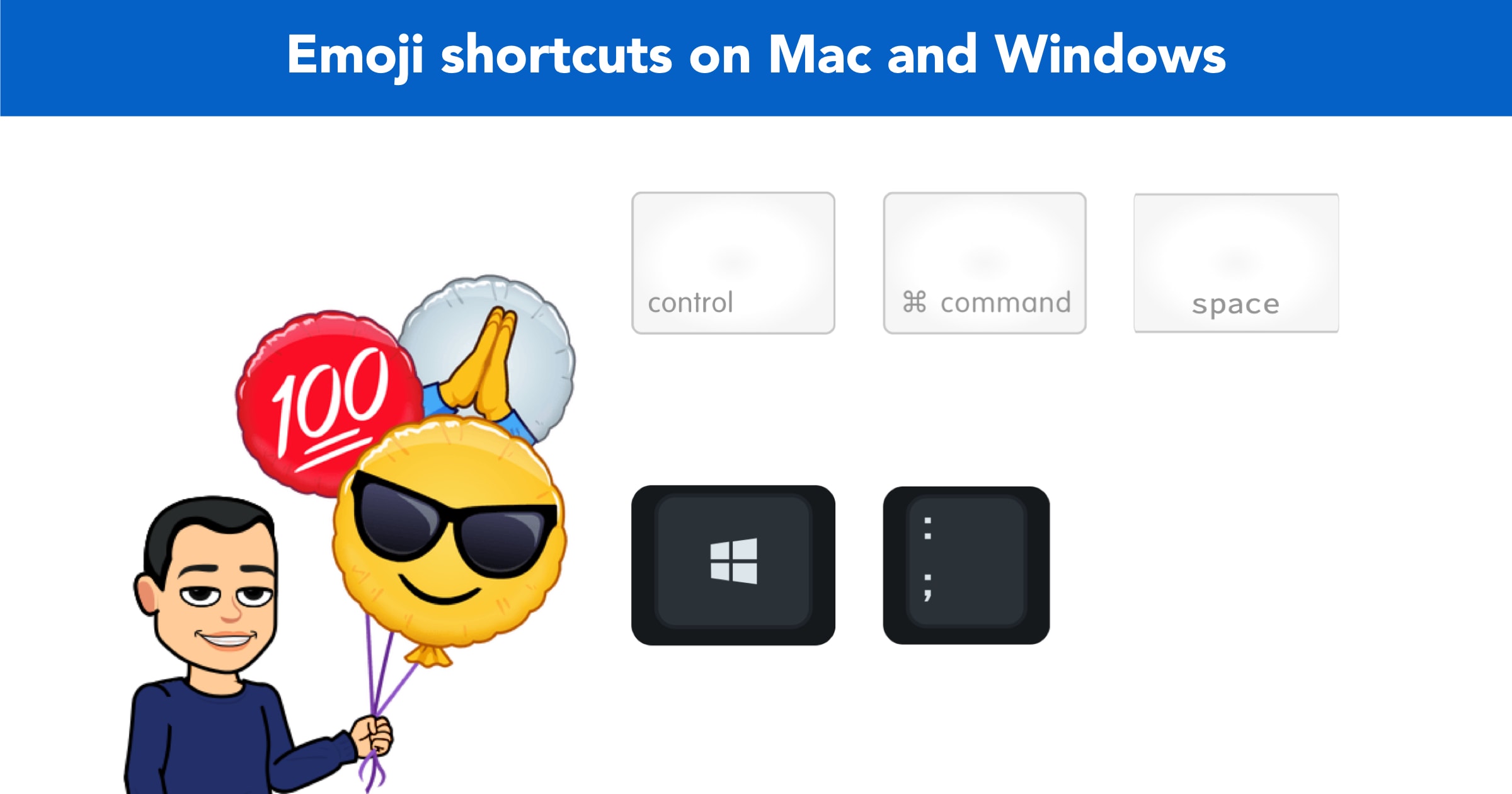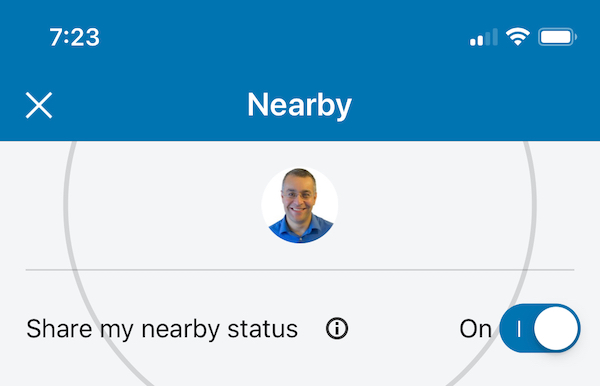
TwitterSmarter Q&A about live-tweeting at events
Here are the questions and answers from my guest appearance on the #TwitterSmarter chat with Madalyn Sklar on 4 July 2019.
The topic was about the power of live-tweeting at events and conferences.
- 1. Do you use Twitter at events/conferences? What do you tweet?
- 2. What kind of content do you expect to see from fellow attendees?
- 3. What are some ways to engage with fellow attendees on Twitter?
- 4. Do you draft posts/visuals in advance to tweet during an event?
- 5. How much time do you spend tweeting at an event? How much is too much?
- 6. Share some tips for live-tweeting at events
- 7. What tools do you use to tweet during an event?
- 8. How do you follow up with people after the event? Do you use any tools?

Do you use Twitter at events/conferences? What do you tweet?
Always! Tweeting is my most effective way to take notes. Rather than scribbling things down or waiting to receive slide decks (which might not arrive anyway), I put my thoughts into tweets.
I tweet speaker quotes, facts, figures, onstage photos and emoji-powered bullet lists of action points. They’re all great for giving a flavour of the event.
"People never compare you fairly. They're never comparing apples with apples. Use your content and personality to be an orange."
🍏🍏🍏🍏🍏🍏🍏🍏🍏🍏🍏🍏🍏🍏🍏🍏🍏🍏🍏🍏🍏🍏🍏🍏🍏🍏🍏🍏🍏🍏🍏🍏🍏🍏🍏🍏🍊🍏🍏🍏🍏🍏🍏🍏🍏🍏🍏🍏🍏🍏🍏🍏🍏🍏🍏🍏🍏🍏🍏🍏🍏🍏🍏@MrAsquith #cmalive18
— John Espirian (@espirian) June 6, 2018
Good-quality photos of slides – where the text is actually legible! – are great for giving people a bit more detail about what’s being discussed.
Snappy title for today's talk by @AndrewAndPete #yatm19 pic.twitter.com/nssUudGRP2
— John Espirian (@espirian) May 23, 2019
If I have any insights to add as we go along, I’ll share those, too. When I come to produce a write-up of the event, those tweets are gold and can be embedded as is.
Live Twitter videos of snippets of talks are a good way to give people a sense of the event, too. No one expects entire talks to be streamed – a few minutes is plenty.
Because rich-text formatting isn’t really possible on Twitter …
- I use emojis to add a bit of life to my tweets.
- They’re great as list item markers.
- And they’re easy to insert.

(Click to enlarge.)

What kind of content do you expect to see from fellow attendees?
Speaker quotes, stats and images are the most common. I like to reuse these in my write-ups, which adds value to my content while also recognising the sharer.
It’s useful to see tweets that help to set the mood music, too. Photos of the venue and activities outside are good, as are those about things that happen during breaks and lunch. It all adds to the “wish you were here” vibe.
You know its a @AndrewAndPete #ATOMICON19 party when your greeted by fire dancers 🔥🔥🔥 pic.twitter.com/BHMkGiiDsg
— Jemima Willcox (@JemimaWillcox) March 7, 2019
Look out for those who go above and beyond with their live-tweeting content. You can learn loads from the following people, to name but a few:
- @Lollipop_Social – Nicole Osborne
- @JuliaBramble – Julia Bramble
- @MayKingTea – May King Tsang

What are some ways to engage with fellow attendees on Twitter?
Follow people who are using the event hashtag before and during the event.
Be findable by adding the event hashtag to your bio at least a few days before the event. That gives Twitter time to update its search index before the event. Don’t wait until the day!
Some events use special graphics so you can update your profile photo to show that you’re attending the event. Using these and spotting them on others’ accounts can help you find people to engage with.
You can create your own public Twitter list ahead of time if you know who’s attending the event. When people see a notification that they’ve been added, they may be more like to engage with you. You can become a mini-hub for the event chatter.
The #TwitterSmarter chat might not be a live in-person event, but even things like this are good spots to engage people ahead of time. Here’s a quick promo video I made in Camtasia to promote the chat:
See you later today for @MadalynSklar's #TwitterSmarter chat?
🇺🇸 10am PT
🇺🇸 1pm ET
🇬🇧 6pm UKToday's topic: tweeting at live events and conferences.#relentless ✊🏻 pic.twitter.com/RXSkDCPOiB
— John Espirian (@espirian) July 4, 2019

Do you draft posts/visuals in advance to tweet during an event?
I have a blog template ready to go so that my tweets can fit into a write-up of the event.
I sometimes create speaker visuals. I find 1200×630 pixels is best, as this works well on Twitter, LinkedIn and Facebook (great for repurposing).
Smart organisers have a library of hi-res images ready for this purpose, so check before doing unnecessary work. Here’s one I put together based on images provided by the CMA:
Follow all the speakers at #cmalive18 in this Twitter list: https://t.co/yaGwNMDP88 pic.twitter.com/x4CP4i8CXy
— John Espirian (@espirian) June 5, 2018
I find it’s best to keep speakers’ Twitter handles and relevant URLs handy (e.g. YouTube videos or ebook links, if you know they’re likely to mention them). Being the first to link to such content often gets your tweets the most attention.
Be sure to share only resources that the speaker is likely to be comfortable with being in the public domain. Content and links mentioned during a talk might be special goodies for the benefit of delegates only.
I sometimes use my BitmoJohn visuals to add a bit of personality to my tweets. Anything that makes your content stand out is good!
This is everyone the day after the SfEP conference.
Still, a great few days of editorial learning! Thanks, all 👍🏻 #sfep2018 pic.twitter.com/CeaWvLeCn6
— John Espirian (@espirian) September 10, 2018

How much time do you spend tweeting at an event? How much is too much?
All the time during the main sit-down sessions. It’s the best way for me to remember what’s happened: log it all via Twitter and then write a follow-up blog to piece it all together.
But during the breaks, I prefer to talk to people. Then I catch up later with the tweets people have used to capture the ambience (group photos, food, etc.).
Making the effort to capture as much as possible means you can revisit your tweets in future and remind yourself of the lessons learned on the day.
It can be hard to keep up but if you have any spare time, check for tweets by others on the same hashtag and engage on them, too. If you support others’ stuff, they’ll support yours and everyone wins.

Share some tips for live-tweeting at events
Have the speaker’s Twitter handles ready in a text file so you can tag them quickly when sharing quotes.
Make the event hashtag a temporary text shortcut so that you can quickly and easily include the event in every tweet.
I use TextExpander to do this, but you can also use the native features in macOS and iOS to get the same job done.

Sit in a position where you can get good photos of the speakers. Visually appealing tweets are more likely to be read and retweeted.
If you can get a preview of what the speakers are going to be talking about, that can help you prepare what you’re likely to tweet when the sessions are underway. Do your homework!
If you can meet the speakers beforehand, that’s even better. You get to understand their thoughts about the event and their mindset ahead of the presentation – and that leads to more valuable and insightful tweets during the sessions.
If you’re doing a temporary takeover of another Twitter account, remember that you’re representing them. Don’t make it about you or sneak your own links into the tweets.
Remember that it’s always polite to tag the speaker in your tweet. If they don’t have a Twitter account – imagine that! – then still mention their name and perhaps their organisation when including a quote or photo.
If you’re tweeting on another account’s behalf, make sure you have access ahead of time. A wrong password or need for 2-step mobile verification could throw you off balance at the worst time. Prepare!
Make sure your devices are fully charged or in range of a power outlet. Have a backup battery on standby, especially if you’re doing a lot of video.

What tools do you use to tweet during an event?
I always find it’s faster and more accurate to tweet from a device with a hardware keyboard, so my MacBook Air is an essential when I want to cover an event properly. Only if space is cramped would I use my iPhone only.
To get the best photos in my tweets, I often use a DSLR camera and connect it to my laptop with a cable. Get the camera to save images as JPEGs and you can share the results on Twitter very quickly.
"The future of marketing is relatability."
👆🏻 There's no time for ivory towers. Remember that we trust people who look like us. Not literally – but the way we think and act.
Trust is *everything*.@iSocialFanz #cmalive18 pic.twitter.com/hiYr4rSDyr
— John Espirian (@espirian) June 6, 2018
If a grown-up camera isn’t an option, a smartphone will do for the photos. I’d still recommend using a phone-to-laptop cable, so that you don’t need to rely on wireless tech to move images between devices.
If you want to create visuals to enhance your tweets, common tools worth checking out are Canva and Adobe Express.

How do you follow up with people after the event? Do you use any tools?
I don’t wait until after the event to make a social connection. LinkedIn’s mobile app has a Bluetooth-powered “Find Nearby” feature. I use that with most people rather than swapping business cards on the day.

When I do a write-up, I check in with some delegates to see whether they’re interested in contributing any further thoughts to the content. It’s good exposure for them (they get a backlink) and adds more value to everyone, whether they attended or not.
For those I’ve connected with online, the next step is always to try to have a conversation. But not a sales conversation! Simply be interested in getting to know people and see where it leads.
Finally, in case you’re wondering about the value of being on a Twitter chat, here are my stats from the above chat about live events:
This is what being on the #TwitterSmarter chat did to my analytics yesterday. Almost 31K organic impressions!
Thanks again for having me, @MadalynSklar 🙏🏻 pic.twitter.com/gfyuI0qAPm
— John Espirian (@espirian) July 5, 2019
PS. If you want another write-up of this chat, check out this summary on Madalyn’s own blog, kindly put together by my buddy Narmadhaa.
Need coverage of your next event?
Give your conference or event a boost by getting me to do your write-up.
I'll take photos, share live tweets and produce a written summary just like this one.
Check out some samples of my event coverage, then get in touch to see how I can help you put your event on the map.


